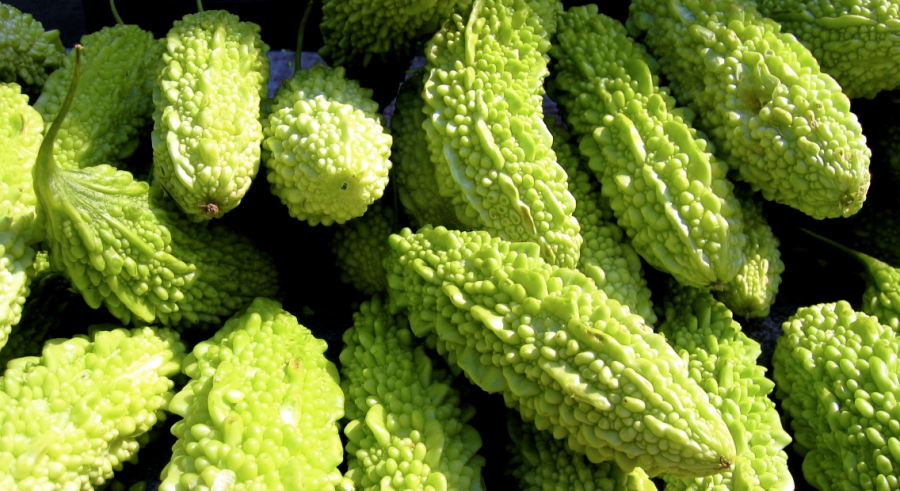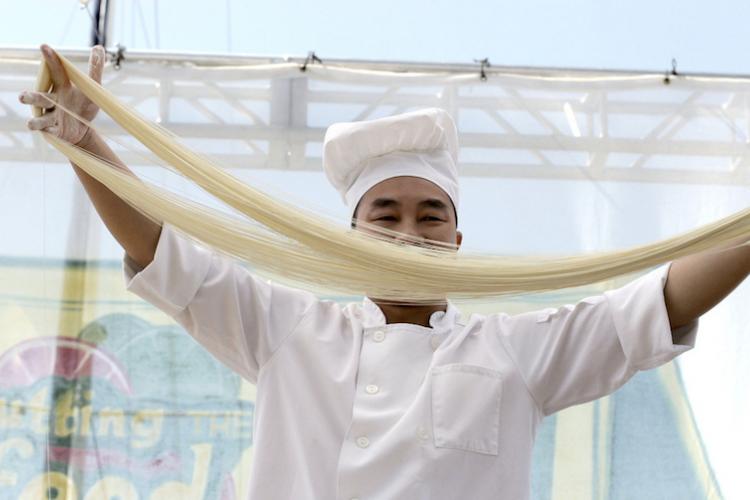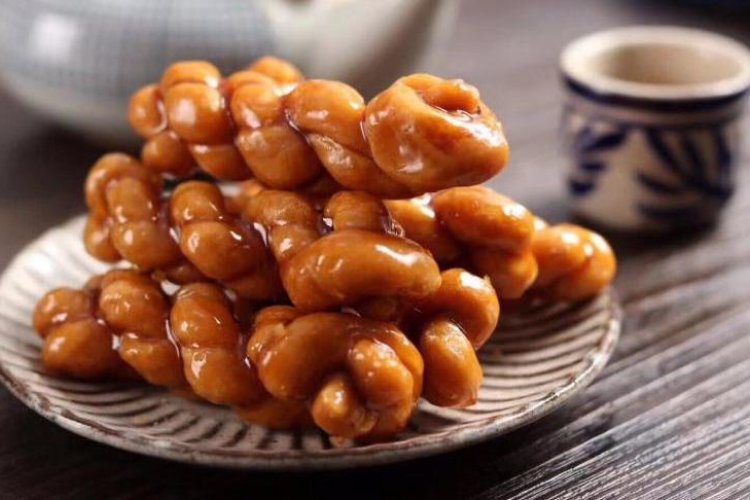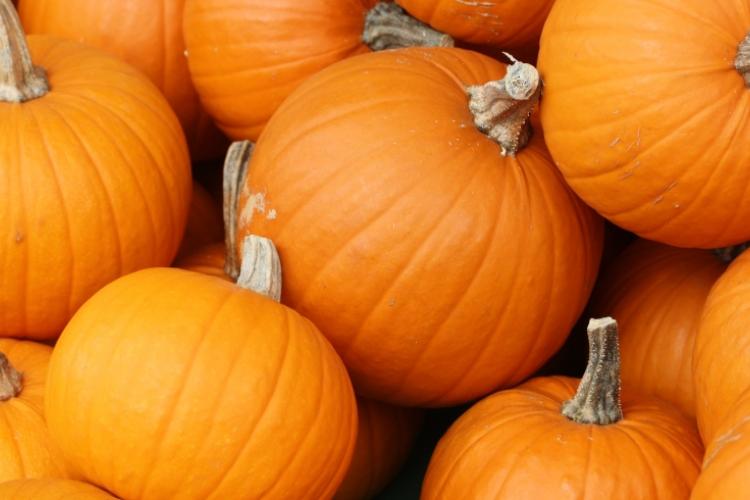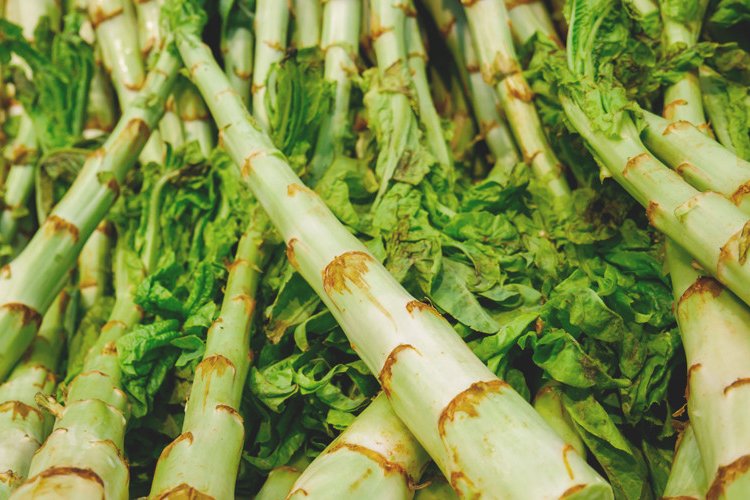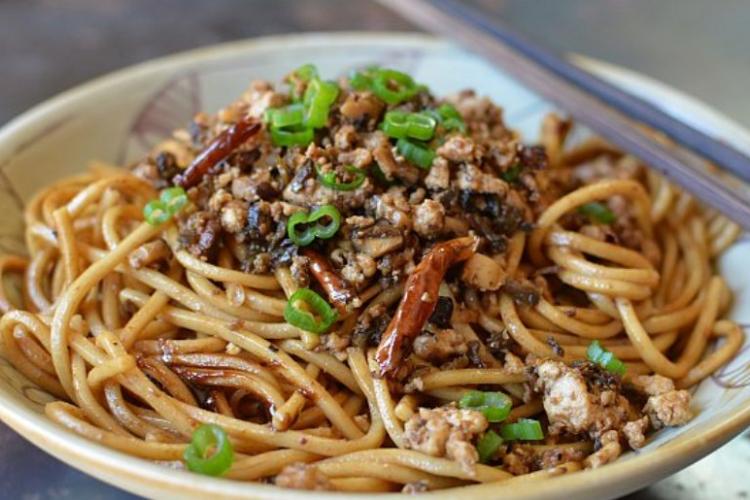Wokipedia: K is For...
Wokipedia is a regular column in which we introduce aspects of Chinese gastronomy, one letter at a time. This week, 'K' gets the treatment.
… kongfu cuisine 孔府菜
Literally translated to “dishes of the Confucian Mansion,” this obscure subset of Shandong cuisine is strongly influenced by Confucian principles such as balance and harmony. Dishes are typically given highfalutin names like “pupils paying tribute to their master," a dish that uses bamboo shoots to represent the pupils, since the characters for pupil and bamboo shoot are homophonous. In addition, great importance is attached to fine tableware, and the combination and presentation of dishes.
… koushuiji 口水鸡
One of the most famous, and most popular, dishes in the Sichuan culinary canon, koushuiji (literally translated as mouth-watering chicken) consists of poached chicken served cold and dressed in a sauce rich in chili oil and Sichuan pepper, and optionally sesame paste. Our favorite versions in Beijing can be found at opposite ends of the Chinese dining spectrum, at the Sichuan Provincial Government Restaurant and Transit.
… kugua 苦瓜
Resembling a rougher, paler green cucumber, bitter melon is thought to reduce blood sugar, and treat stomach and intestinal problems (although these claims have not necessarily been medically proven). In Chinese cuisine, its bitter flavor is employed in strong-flavored stir-fries, for example with pork and black beans, or in cooling chilled starters.
… kale 芥蓝
While the kale you will recognize from a million healthy salads and green juices has not yet achieved widespread popularity in China (although the market traders at Sanyuanli are quick to try and sell you bunches of it), its close cousin, jielan, is a mainstay of dining tables across China. Also known as gai-lan or Chinese kale, kai-lan has a similar flavor to broccoli, although more bitter.
That's K sorted. Click here to see what you missed with J.
More stories by this author here.
Email: robynnetindall@thebeijinger.com
Instagram: @gongbaobeijing
Twitter: @gongbaobeijing
Weibo: @宫保北

